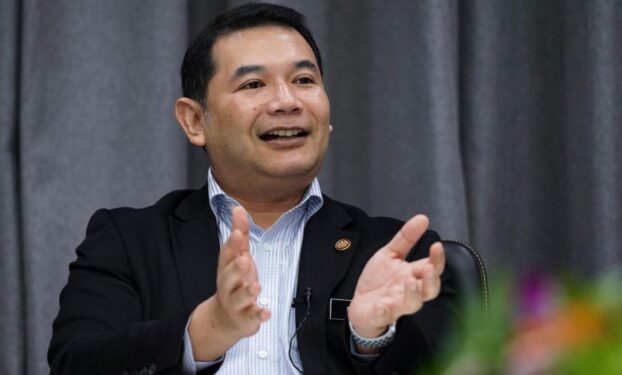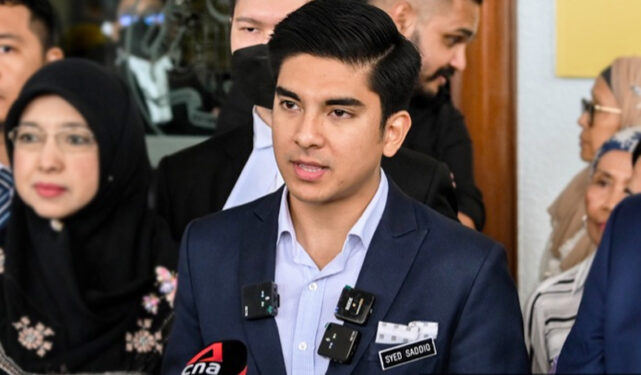WASHINGTON: The Environmental Protection Agency (EPA) is set to announce on Wednesday the first proposed US emissions standards for commercial aircraft, officials briefed on the matter said.
In 2016, the UN International Civil Aviation Organisation (ICAO) agreed on global airplane emissions standards aimed at makers of small and large planes, including Airbus and Boeing, which both backed the standards.
The EPA-proposed regulation would align the United States with the ICAO standards, officials said, and would apply to new type designs as of January 2020 and to in-production airplanes or those with amended type certificates starting in 2028. They would not apply to airplanes currently in use.
EPA Administrator Andrew Wheeler said in a statement the forthcoming airplane emissions proposal – along with other emissions regulations – represented “sensible, legally defendable steps to regulate greenhouse gases, while safeguarding American jobs and the economy.”
Aircraft account for 12% of all US transportation greenhouse gas emissions and 3% of total such US emissions. They are the largest source of transportation-related greenhouse gas emissions not subject to standards.
EPA officials said it was crucial that the US adopt the standards, because countries could ban US-assembled airplanes if they do not meet ICAO standards. The EPA had said it would propose rules “at least” as stringent as the ICAO’s.
EPA is expected to finalise the rules next spring after public comments. The Federal Aviation Administration will then issue separate rules to enforce the standards, and the agency is expected to ultimately certify emissions compliance by US manufactured airplanes.
Some environmentalists argued the 2016 ICAO rules did not go far enough.
Under President Barack Obama, the EPA in 2016 declared aircraft emissions posed a public health danger. In January, environmental groups filed a notice of intent to sue EPA for failing to regulate aircraft emissions.
Clare Lakewood, climate legal director at the Centre for Biological Diversity, said the Trump rules are not likely to require enough improvements.
“To help ward off the worst effects of climate change, we need effective, technology-forcing standards to reduce airplane pollution,” she said.
The EPA emissions proposal covers all large passenger jets, regional jets, large turboprop airplanes and some general aviation aircraft. Smaller turboprops, helicopters and military aircraft are not covered. – July 22, 2020, Reuters










